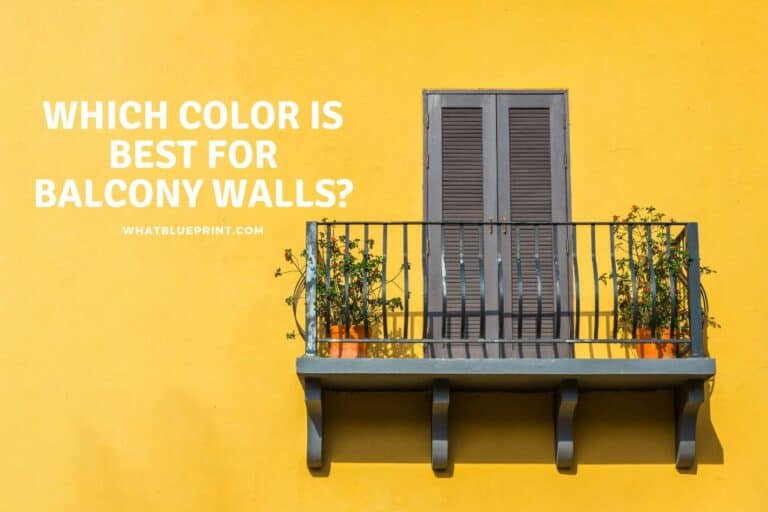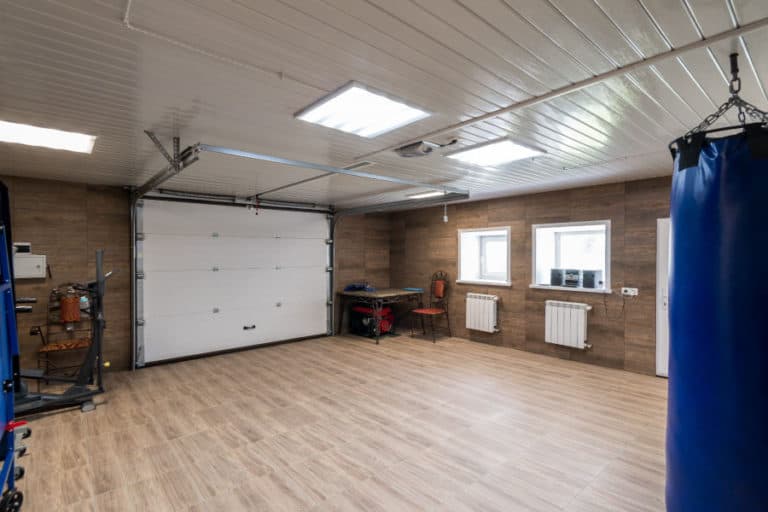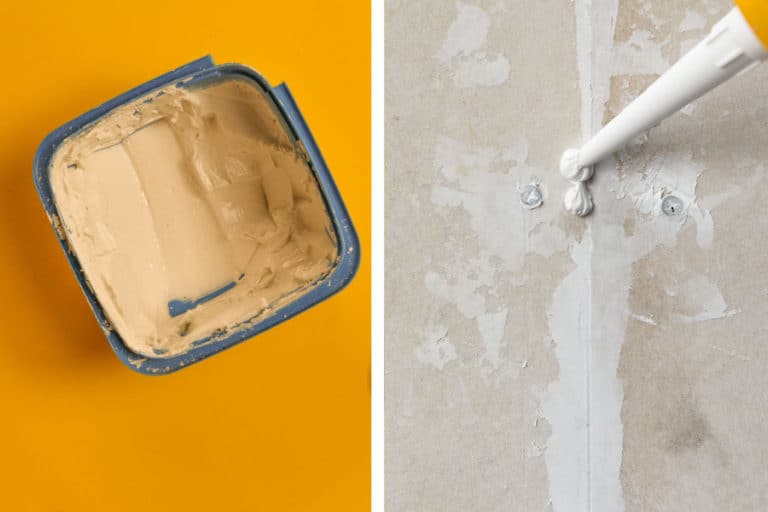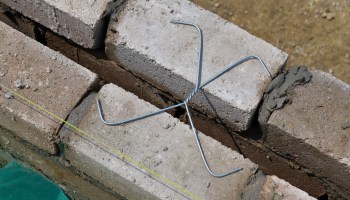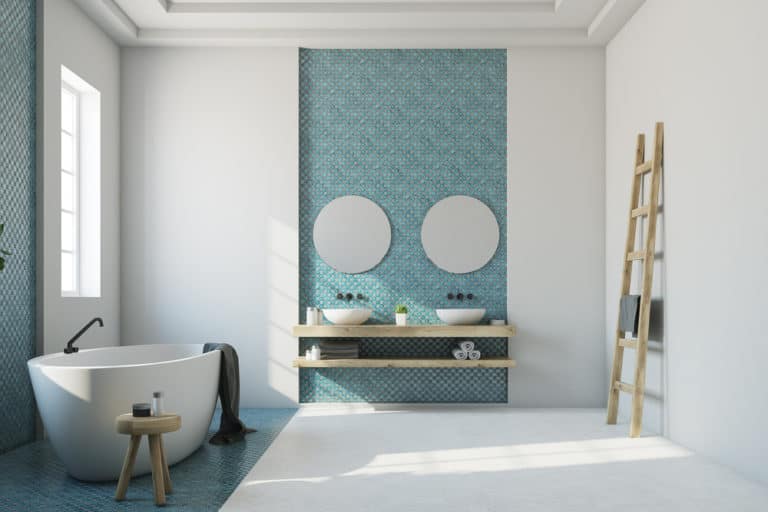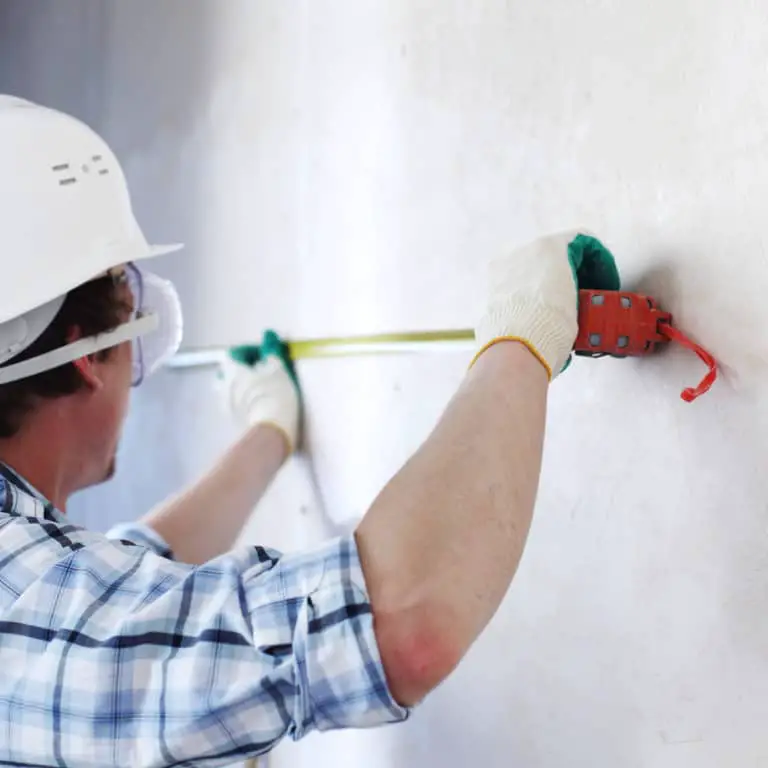Cost of Glass Wall vs. Drywall
A building’s office space is instrumental in shaping the culture of the business. It can enhance productivity, creativity, and team members’ satisfaction or have the opposite effect on morale. When designing office spaces for a new building, one of the big decisions is whether to stick to traditional drywall partitions or opt for glass walls. Glass walls are more expensive than drywall partitions. Still, they offer numerous benefits that make them worth the investment.
In most cases, a glass wall will cost an average of $25-$85 per square foot, whether it’s a residential or commercial location. On the other hand, drywall partitions are around $10/sqft for residential and $15/sqft for retail locations.
The initial cost of drywall-constructed walls is significantly less than commercial glass walls. Glass may be a better choice despite the higher upfront cost if you serve the design needs of the office space well, making the area more valuable. While glass is less common, it provides several advantages that drywall cannot and some clear disadvantages. Let’s compare the two-glass wall vs. drywall.
Glass wall vs. Drywall
Placing a beautiful lighted wall glass showcase against your wall to highlights your premium items is a great idea. The glass partitions can act as retail displays, cafe-style lunch counters, or even reception desks. Drywall does not give you the option to use your space in this creative way.
Glass walls are also easier on the eyes and help create a brighter environment, making employees more productive. Glass partitions have improved cognitive function by up to 50%. In comparison, drywall does not offer these benefits. More comparisons;
Flexibility
Glass walls offer lots of flexibility in design and aesthetics because the dry sheets nailed into the studs do not limit. Glass wall partitions are typically much more prominent, and you can make them to any custom dimensions.
You can use drywall to create various designs for walls, but it is less flexible in design and construction than glass walls, which are lighter-weight building materials with no load-bearing requirements. When designing an office space, especially an open area in need of dividing the space with walls and partitions, the big decision is whether to stick to traditional drywall or glass wall solutions.
Customization
Glass wall panels are more customizable in terms of design, color, and texture. You can use any glass for your partitions with different shapes, thicknesses, and coatings to create a distinctive look that fits with the rest of the space. Drywalls are much more limited in terms of customization. You can paint drywall or cover it with wallpaper, but the design possibilities are more limiting than glass walls.
Privacy
Drywalls give you a high degree of privacy because it is easier to be opaque and block vision. Glass wall partitions are usually more translucent or transparent. However, they can still offer some privacy when installed at least four feet off the floor.
The height, thickness, lighting conditions & proximity to other glass panels will affect how much light penetrates through into adjacent spaces or if anyone on the outside looking in can see much.
Sustainability
Glass walls offer a little more insulation from the outside elements, which can help keep energy costs lower. Glass walls are also recyclable, and they do not emit toxic fumes when being cut or drilled, unlike drywall.
Demountable glass partitions reduce waste because you can reuse them in various configurations. To reconfigure traditional drywall, you must demolish it, dispose of it (typically in a landfill), and rebuild walls using new material.
Lighting
Glass walls can include lights on them that showcase your products or highlight an area for a meeting. The lighting is easy to install and allows you complete control over how much light reaches each part of your office space. It makes it possible to create different moods in various areas, which is impossible with drywall partitions. In contrast, drywall keeps all light in a specific room.
Installation
The installation process of commercial glass walls is a bit more complex than drywall partitions. Professional merchants must install the panels well so they do not fall and injure someone. Glass has a cohesive molecular structure and breaks upon impact. It means glass needs a surrounding frame that holds it in place while keeping it relatively whole.
Installing a framework with the glass in place is more expensive than nailing the drywall to the home’s framing members. Glass walls offer a unique feature that drywall partitions don’t have- you can combine them with other wall surfaces such as wood or stone. It gives you an opportunity for a more creative and dynamic design scheme rather than limited by plain old white drywalls from home depot.
Maintainance
Keeping glass walls clean is a lot easier than with drywall. Dirt and dust can develop on the surface of glass panels, but it’s much easier to wipe off compared to having dust stuck in between each crack and crevice of your average wall texture. Glass also doesn’t absorb moisture like drywalls, so they will require less maintenance and last longer.
Cost-effective
Installing glass walls is higher, which tends to scare most building owners away when calculating the cost of their space design. However, the initial glass partition walls cost is well worth it when you consider all of the benefits of glass walls. Once you make the original investment is, there is little maintenance cost required for the life of the walls.
As the needs of the business advance, costly remodels aren’t compulsory because the glass walls can be removed or reconfigured. The maintenance needed for drywall can include repairs to holes, cleaning scuffs and smudges, and periodically repainting.
Durability
Glass walls are much more durable than drywall partitions. It is weather resistant. Glass can withstand the effects of rain, wind, and the sun without losing its integrity and appearance. Still, glass transmits 80% of daylight in all directions; it does so without any weathering, clouding, or yellowing.
On the other hand, drywalls can’t hold up that well in high humidity areas or those with a lot of moisture. It can also crack over time as it absorbs water which causes its integrity to weaken.
Cost
If you decide to install a glass wall, anticipate paying between $25 and $75 per square foot. A glass door costs at least $1,000 to $3,000. Depending on the type of glass installed and the location, labor rates range from $35 to $150 per hour. As for the drywall partitions, if they are not installed by a professional, you can expect to pay between $20 and $40 per square foot. If the drywall is being painted or textured, it could be as high as $60 per sqft.
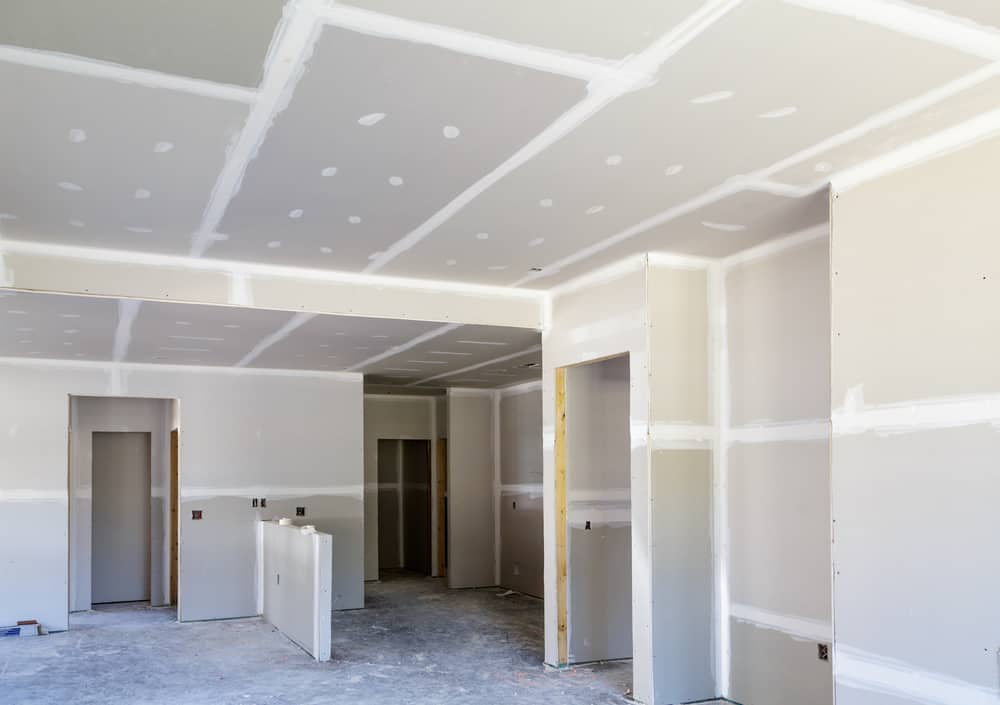
Factors that Affect the Cost of Glass Wall vs. Drywall
- Size of the wall– The more extensive the wall, the more expensive installing a glass wall becomes.
- Type of building– Your business’s style and location also affect how much you have to pay for your partitions. For example, commercial buildings located in major cities have higher installation costs than those in rural areas.
- The complexity of the design– Glass walls are more expensive to install when they have curves or angles than drywalls.
- Location of the wall (interior and exterior)– The area of your glass wall also affects the price. Due to high labor rates and weather considerations, an interior glass partition may cost less than an exterior one.
- Finish– The type of finish applied to your glass wall also affects the cost. For example, if you want a mirrored appearance for your partitions, it will be pricier than frosted, an opaque option that gives off a sleek look without overly reflective.
Conclusion
If you want an open floor plan with walls without compromising style or function, consider investing in glass walls. Glass partitions are more expensive to install than drywall. Still, glass’s benefits outweigh any price difference. The aesthetics and functionality it provides can help you create a dynamic office space that is functional and inspiring for employees.
Sources
- https://www.dillmeierglass.com/news/traditional-drywall-vs.-glass-wall-systems-in-the-workplace
- https://www.homeadvisor.com/cost/doors-and-windows/install-a-glass-wall/
- https://www.ehow.com/info_12024638_glass-wall-vs-drywall.html
- https://storefixturesdirect.com/economy-wall-glass-display-showcase/
- https://www.officeinteriors.ca/blog/modular-walls-superior-to-drywall/
- https://www.checkatrade.com/blog/cost-guides/structural-glass-wall-cost/


